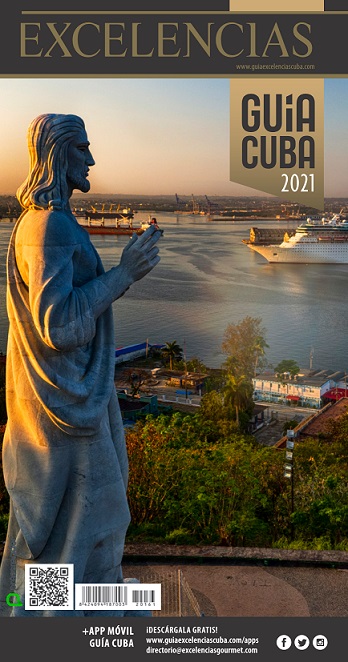1473In the past, the current territories comprised within the Mexican Republic were some of the most populated areas in the entire continent. Near the discovery and colonization, there was an estimated 3 million inhabitants. The Mayans, hailing from the north, were the first tribes to settle down and found a somewhat advanced civilization. The Mayans built huge cities and magnificent temples in the Yucatan Peninsula. In the 7th Century, the less-advanced giant otomis settled down in the central tableland. Different groups replaced one another until the Toltecs prevailed and established their capital city in the Anahou Territory of Tollan. Seemingly, they were the builders of such cities as Teotihuacan and Cholula. This monarchy lasted 443 years until their destruction by the Chichimecs, a warring people that gave the Spaniards quite a hard time even after they had already been conquered. One of the most famous kings of the Chichimec people was Nezahuacoyotl, crowned in 1437. He ordered a palace and summertime gardens built on the Texcotzingo Mountains. Remains and ruins of aqueducts, bathrooms, terraces and other constructions speak volumes of his refinement and magnificence. Long before that time, Aztecs lived in the Anahuac Valley, making up one of the Nahuatlacas’ seven tribes hailing from a region called Aztlan. The Aztecs founded the city of Tenochtitlan and established an empire. Moctezuma I and Moctezuma II were two of the most outstanding kings the Aztecs ever had. The conquest of Mexico by Hernan Cortés crippled almost altogether a great indigenous culture. Some of the its elements have lived out our times: the calendar, research studies on the benefits of food plants, hieroglyphic encrypting, religious notes, mathematical and astronomical knowledge, as well as instances of their artistic representations, especially in painting, sculpture and architecture, penal law and general law.






